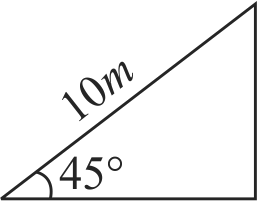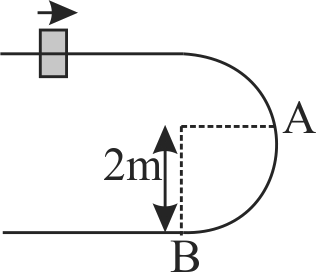355636 A particle experiences a variable force \(\vec{F}=\left(4 x \hat{i}+3 y^{2} \hat{j}\right)\) in a horizontal \(x\)-\(y\) plane. Assume distance in meter and force in newton. If the particle moves from point \((1,2)\) to point \((2,3)\) in the \(x-y\) plane, the Kinetic energy changes by
355636 A particle experiences a variable force \(\vec{F}=\left(4 x \hat{i}+3 y^{2} \hat{j}\right)\) in a horizontal \(x\)-\(y\) plane. Assume distance in meter and force in newton. If the particle moves from point \((1,2)\) to point \((2,3)\) in the \(x-y\) plane, the Kinetic energy changes by
355636 A particle experiences a variable force \(\vec{F}=\left(4 x \hat{i}+3 y^{2} \hat{j}\right)\) in a horizontal \(x\)-\(y\) plane. Assume distance in meter and force in newton. If the particle moves from point \((1,2)\) to point \((2,3)\) in the \(x-y\) plane, the Kinetic energy changes by
355636 A particle experiences a variable force \(\vec{F}=\left(4 x \hat{i}+3 y^{2} \hat{j}\right)\) in a horizontal \(x\)-\(y\) plane. Assume distance in meter and force in newton. If the particle moves from point \((1,2)\) to point \((2,3)\) in the \(x-y\) plane, the Kinetic energy changes by


